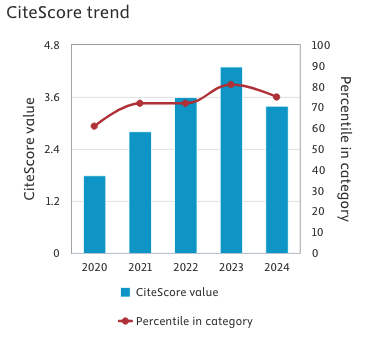Alexithymia and schizophrenic psychopathology
Keywords:
Alexithymia, schizophrenia, basic symptoms, subjective experience, morbid objectivization, hyperreflexivityAbstract
This research is an attempt to gain a comprehensive insight into alexithymia in schizophrenia. Previous studies offered clinically-descriptive and phenomenologically oriented suggestions regarding alexithymia putative contribution in shaping schizophrenic psychopathology. However, the factorial structure of the scales used to assess alexithymia had never been applied to a schizophrenic sample as a preliminary step to interpret results, thus assuming the purported dimensions of the alexithymia construct (i.e. difficulties identifying feelings, difficulties describing feelings, and externally oriented thinking) to be transnosographically stable. In order to explore the psychopathologic meaning and interrelations with other schizophrenic symptoms, we evaluated 76 chronic schizophrenic outpatients using the 20-item Toronto Alexithymia Scale, standardized measures of positive, negative, disorganized and depressive symptoms, social and physical anhedonia scales, and the Bonn Scale for the Assessment of Basic Symptoms. The principal component analysis of TAS-20 items revealed a 4-factor structure with multiple correlations with psychotic, disorganized, depressive, anhedonic dimensions and basic symptoms. The data suggest that alexithymia in schizophrenia is more heterogeneous than was previously recognized, and has several components, some of which are more state-related, and others of which are more like trait features. Those components are specifically correlated with both overt and subjective dimensions of schizophrenic psychopathology.Downloads
Published
Issue
Section
License
This is an Open Access article distributed under the terms of the Creative Commons Attribution License (https://creativecommons.org/licenses/by-nc/4.0) which permits unrestricted use, distribution, and reproduction in any medium, provided the original work is properly cited.
Transfer of Copyright and Permission to Reproduce Parts of Published Papers.
Authors retain the copyright for their published work. No formal permission will be required to reproduce parts (tables or illustrations) of published papers, provided the source is quoted appropriately and reproduction has no commercial intent. Reproductions with commercial intent will require written permission and payment of royalties.


